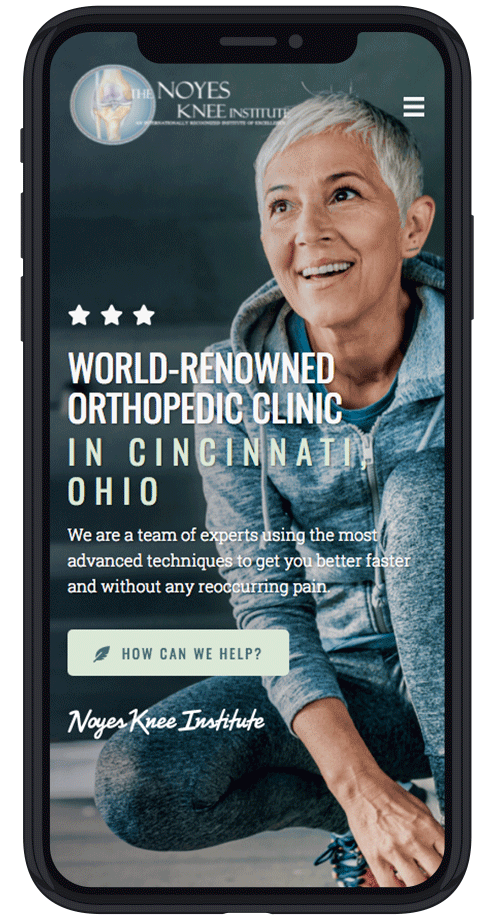Published On
Category
If you have pain from a lingering knee injury or if you struggle with a chronic condition like arthritis, you might wonder how you can possibly get a good workout. A lot of popular sports and activities for optimum fitness require heavy impact or extensive use of the legs. Running, interval training, and most team sports simply are out of the question if you have knee problems.
However, bad knees are not a reason to give up active living all together. You can still get a good workout and even exercise for weight loss if you know what activities will condition your body without causing stress to your joints.
Swimming
Swimming and water activities are the champion exercises for people with knee problems.
Swimming strengthens your muscles because water provides natural resistance to movement. Swimming also provides cardio conditioning because moving the body through the water takes great effort. However, because the water supports your body weight, your body experiences minimal wear and tear at the joints.
If you are not feeling up to swimming laps in freestyle, start small by joining a local class that offers water aerobics, or sign up for private swimming lessons to help you get started with proper swimming form. If you find that you lack flexibility, you can even start doing your stretches in the water; they’re easier to do with the water to provide stabilization.
Steps
If you want to ease back into resistance training using leg motions, steps are a great place to begin. Using a step or stair, simple step up one stair, and then step back down. Be careful as you step to make sure that you place your feet from toe to heel, without extending your knee past your foot.
Step slowly. Add resistance by holding a weight if you feel like the steps are too easy. Start slowly, with only a few repetitions before resting. Steps help to condition the muscles in the leg and they prevent training imbalances that can pull your knee out of alignment.
Walking
Many people dismiss walking as a soft option when it comes to daily exercise, but walking offers a lot of benefits. Walking is natural; humans are built for walking. If you wear supportive shoes, you can maintain a good walk for several miles once you build up your endurance. Walking is easier on the body than running or most sports.
To ramp up the cardio, you might consider walking on an incline. Since coming down hills can be stressful to your knees, choose to do your incline walks on a treadmill with an elevation setting, or start out with an elliptical, which is even gentler on the knees than a treadmill.
You can also vary your speed with walking. Start slowly and speed up to increase the intensity of your workout, absorbing a lot of the motion of the stride through the hips.
Low Impact Cardio
When you think of cardio workouts, you might think of people doing jump squats or burpees, but highintensity cardio is not the only player on the field. You can still get a good workout by doing low-impact exercises. For example, you might join a ballroom dance class in your area. A half hour of dancing will leave you feeling good, without stressing your knees.
Other low impact classes might include barre workouts and martial arts.
Cycling
Finally, you might consider cycling. Cycling is an interesting workout option because it is low impact, but it also is very intense. Done incorrectly, it can damage the knees or make an existing knee problem worse.
To avoid knee trouble, you must combine cycling with other activities. You also should start slowly, and you should keep your resistance to a minimum; don’t bike up hills. Instead, focus on speed with low resistance. You burn calories, but you don’t stress your knees as you pedal. Recumbent bikes might be best for some people whose knees cannot tolerate a traditional bike.
Protect your knees by making sure you clear all activity with a doctor before you begin. For more information on staying active when you have knee problems, contact us at Noyes Knee Institute.

